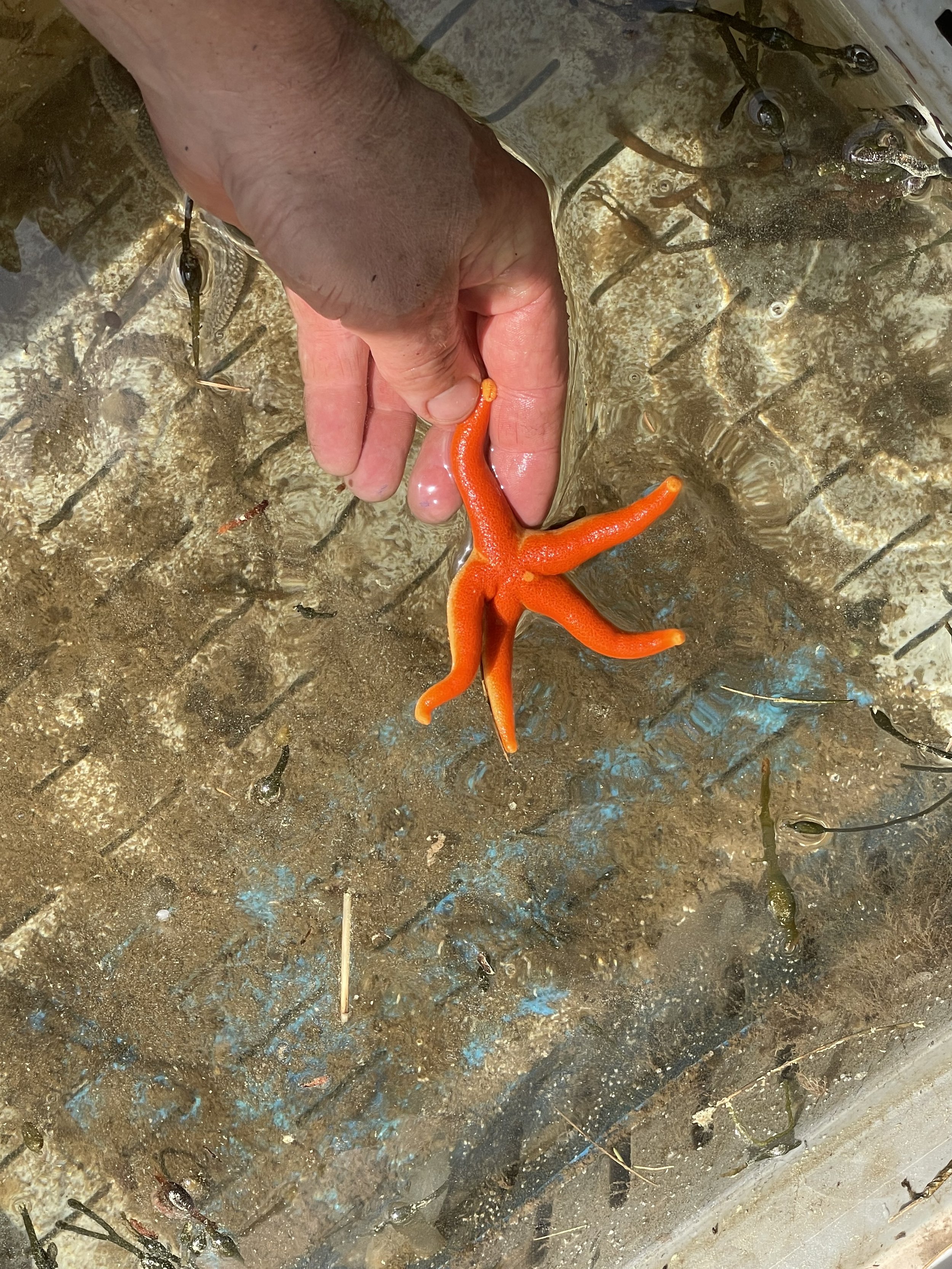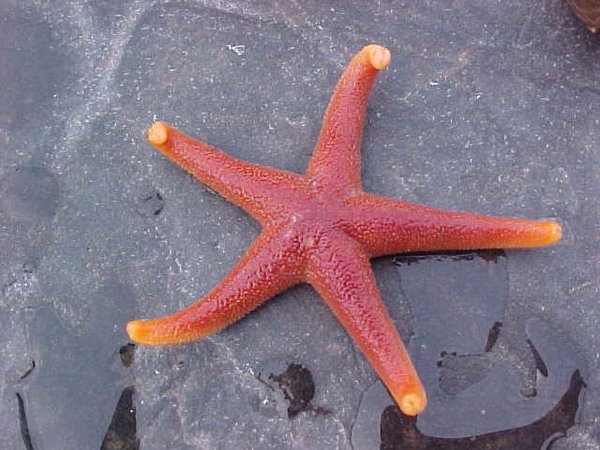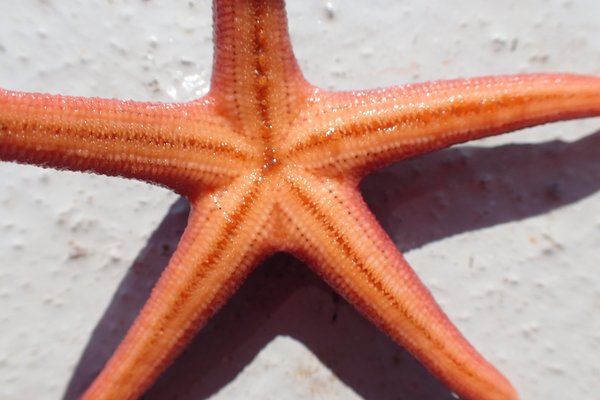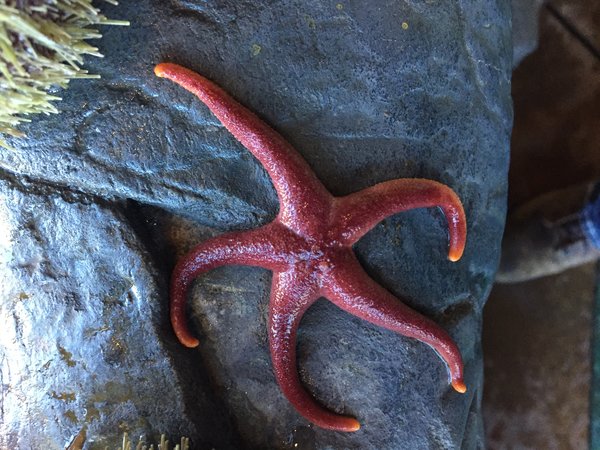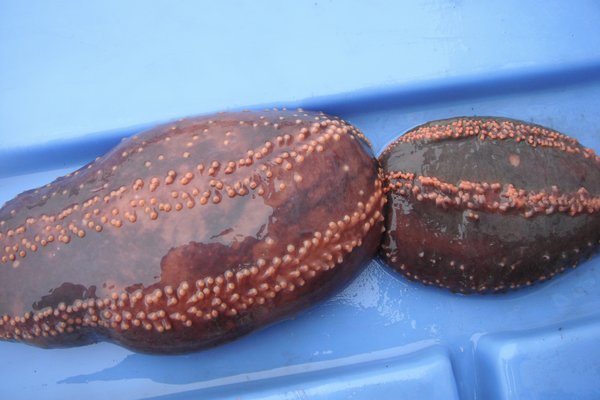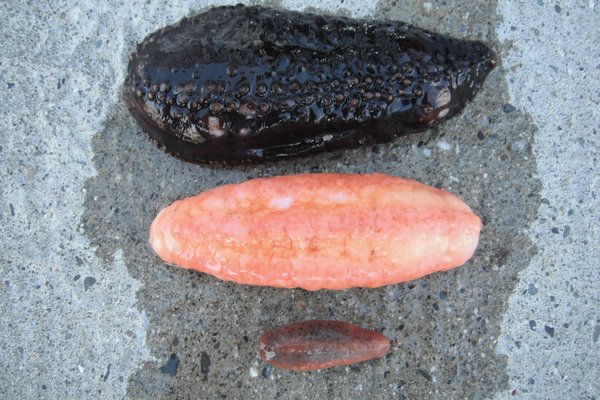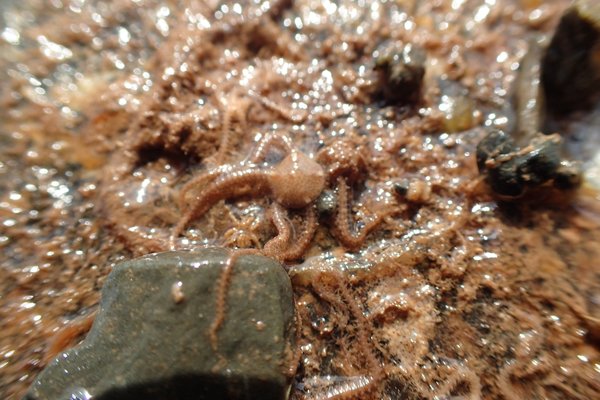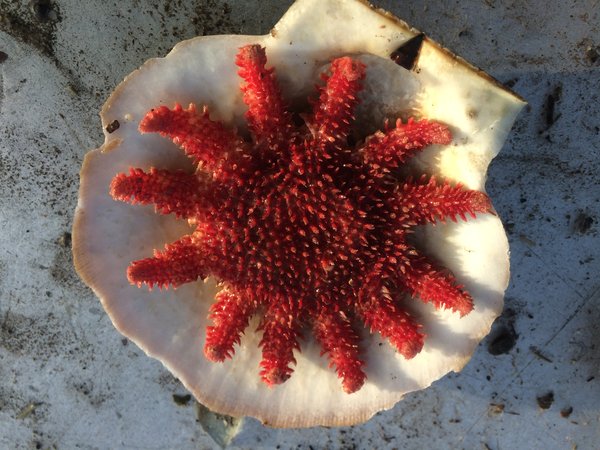 Image 1 of 2
Image 1 of 2

 Image 2 of 2
Image 2 of 2



Spiny Sunstar (Crossaster papposus)
Live Spiny Sunstar (Crossaster papposus)
This is a wet, live, science specimen
The Spiny Sunstar (Crossaster papposus) is a vibrant, multi-armed echinoderm native to the cold, rocky coasts of the Gulf of Maine. Recognized for its striking purple to reddish hues and its 8–14 radiating arms, it’s one of the most visually striking starfish species found in northern waters.
A fascinating benthic predator, the Spiny Sunstar feeds on small invertebrates and detritus, making it a key species for studying marine food webs, regeneration, and echinoderm anatomy. Sustainably hand-collected by Gulf of Maine, Inc., each specimen is shipped live for immediate educational or display use.
Common name: Spiny Sunstar
Scientific name: Crossaster papposus
Locations: Shallow coastal waters, attached to rocks, in cracks and crevices
Seasonality: Available all year
Colors: Purple
Size: 8” – 10”
Collected: By hand
Quantity: Sold by the each
Uses: Ideal for aquariums, marine touch tanks, classroom dissections, educational exhibits, and marine biology research.
Note: This is a live marine specimen. Natural variations in size, color, and appearance from photos should be expected. If you would like any specimen preserved, please send a request to: info@gulfofme.com.
Live Spiny Sunstar (Crossaster papposus)
This is a wet, live, science specimen
The Spiny Sunstar (Crossaster papposus) is a vibrant, multi-armed echinoderm native to the cold, rocky coasts of the Gulf of Maine. Recognized for its striking purple to reddish hues and its 8–14 radiating arms, it’s one of the most visually striking starfish species found in northern waters.
A fascinating benthic predator, the Spiny Sunstar feeds on small invertebrates and detritus, making it a key species for studying marine food webs, regeneration, and echinoderm anatomy. Sustainably hand-collected by Gulf of Maine, Inc., each specimen is shipped live for immediate educational or display use.
Common name: Spiny Sunstar
Scientific name: Crossaster papposus
Locations: Shallow coastal waters, attached to rocks, in cracks and crevices
Seasonality: Available all year
Colors: Purple
Size: 8” – 10”
Collected: By hand
Quantity: Sold by the each
Uses: Ideal for aquariums, marine touch tanks, classroom dissections, educational exhibits, and marine biology research.
Note: This is a live marine specimen. Natural variations in size, color, and appearance from photos should be expected. If you would like any specimen preserved, please send a request to: info@gulfofme.com.

Spiny sunstar laying on rockweed (Ascophyllum nodosum).
Tidepool Tim says, “These stars are found in subtidal and deep water, easily recognizable by their large disc connected to up to 14 arms. If you’re lucky, you might find one that’s a meter wide - one of the largest species on Earth! They’re robust predators after other stars, sea urchins, anemones, and bivalve molluscs, snails, and sea cukes. Like other stars, their stomach emerges from their body and onto their prey for digestion.”



